Have you ever seen snakes in your toilet? If so, this is because, if necessary, they can slither into tiny drain pipes. Since they are good climbers, they can readily enter your toilet through drain pipes. Now the question would be; can snakes climb drain pipes?
Yes, snakes can climb drain pipes. Even though snakes can hold their breath for an extended period and are proficient swimmers, they rarely enter homes through the drain pipes. They can fit in even the smallest space because of their minimalistic bodies.
Do you want to know more about snake climbing activities? Stay in touch till the end of the article to know everything about it.
Why Do Snakes Come in Drain Pipes?
Snakes can easily get into your drainage system and follow the pipes until they show up in your toilets. Although there are several reasons for snakes living in your drain pipes, some of them are listed below:
Reasons
- Some of the drainage pipes have lids, if you forget to put them down, the snakes may potentially enter your toilets and, eventually, your home.
- Since snakes prefer dark, constrained areas, they can fit through narrow pipes even when they are full of water.
- Some snakes may enter your bathrooms through open windows and doors to unwind in the toilet.
- Moreover, snakes are always in search of food and water, and drain pipes contain both, that’s why they love to live there.
- However, if your toilet lid was closed and a snake was inside, the snake could only enter through the plumbing.
How Do Snakes Enter Drain Pipes?
There are several ways for snakes to enter your drain pipes. Some of their favorite ways are mentioned below.
Through Ventilation Pipes

It is the most common way for snakes entrance in your drain pipes and toilets. These ventilation pipes are located on the roof of your toilet. Since roof ventilation pipes are used to link the plumbing, sakes may enter your bathrooms through them.
If ventilation pipes are near the trees, it would be easier for snakes to slither into them. After that, snakes jump directly jump into your toilet through them. Moreover, some ventilation pipes end in the sewer system directly, so snakes will enter them in search of their food and water.
Opened Doors & Windows
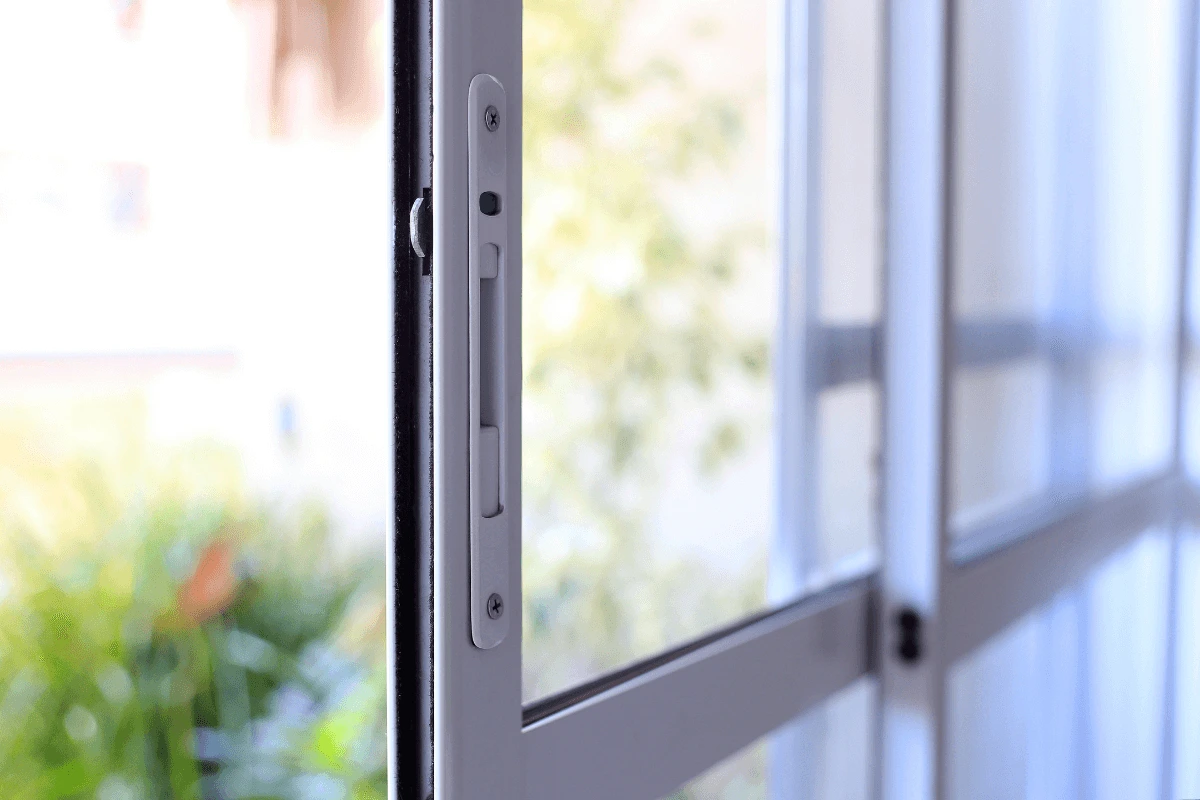
Open windows and doors are a free invitation for snakes to enter your home and toilets. Although it’s uncommon for snakes to enter your home without being seen, sometimes they enter your bathrooms through open windows where you can’t see them. Therefore, you need to keep your windows shut to prevent snakes’ entrance.
Moreover, snakes also enter through doors via cracks or gaps. Small openings in your entryway can provide snakes the access they need to get inside. To stop snake entrance through doors, you should install door sweeps or close the gaps or cracks with caulk.
Through an Open Septic Container
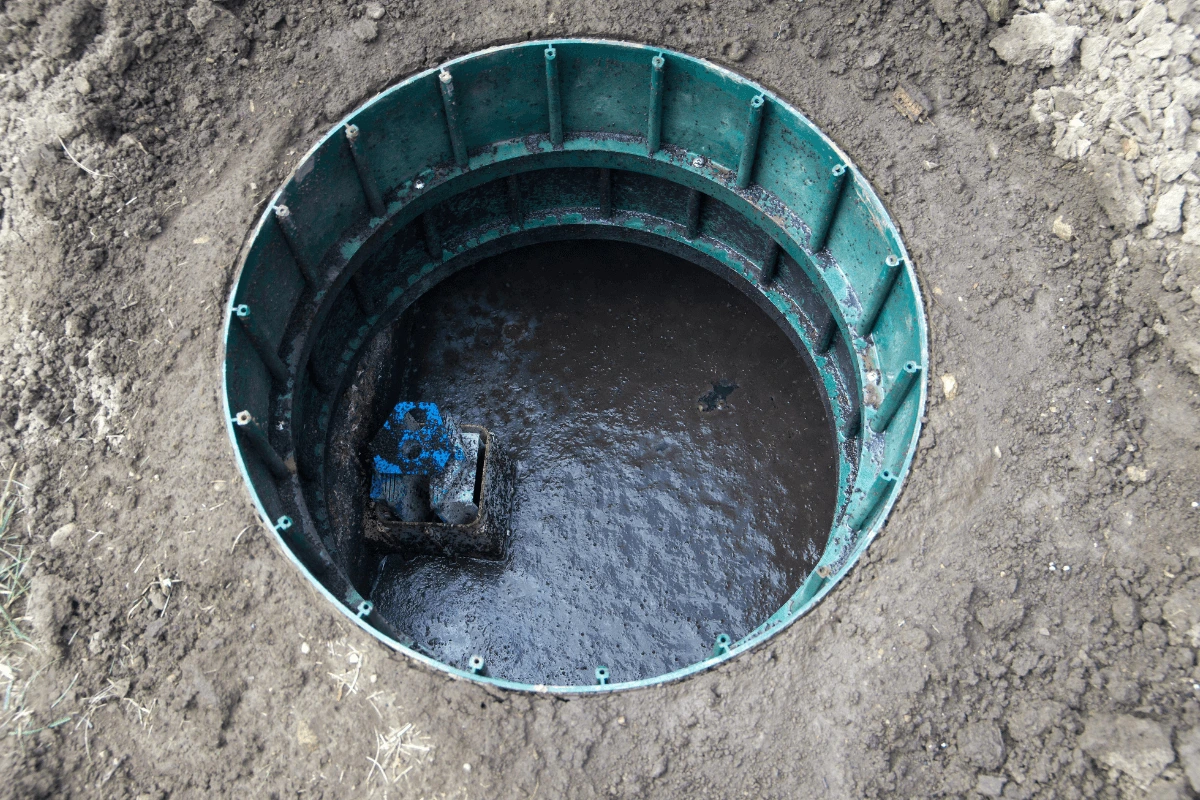
Snakes can live in places that you don’t even imagine. There may be a risk of snakes and other animals attacking you if you neglect to close the lid of your septic tank. It would be simpler for the snake to get into your toilet if it gets into your septic tank first.
They enter your septic tank if its lid is faulty or loose, or if another area is harmed. Snakes usually don’t enter your septic tanks. However, if they were to fall into your tank, it’s feasible that they may try to escape by heading up a sewer pipe.
Which Types of Snakes Live in Drain Pipes or Toilets?
Seeing a snake in your bathroom while showering is the most horrible experience. Although different types of snakes love to hide in drain pipes, here are the most common ones:
Rainbow Water Snakes
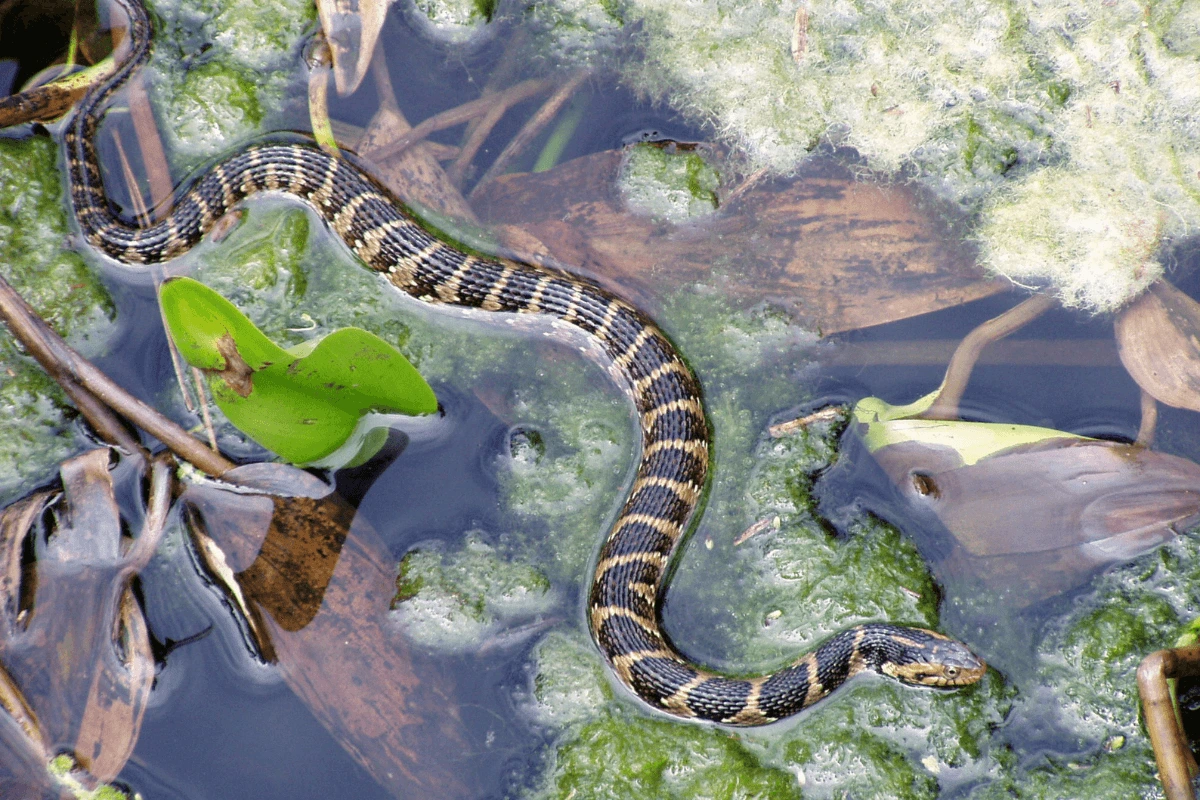
According to the E3S Web of Conferences, rainbow water snakes reside in ponds. They have a body of medium size with a length of 80 cm and short tails. These snakes usually eat fish, but sometimes it makes their way into your toilets and drains pipes in search of their food.
Although mostly a fish eater, this species is also said to eat amphibians and other small vertebrates. The two light stripes that run down the body and tail on either side of the vertebral line are the best way to recognize this snake.
Garter Snakes
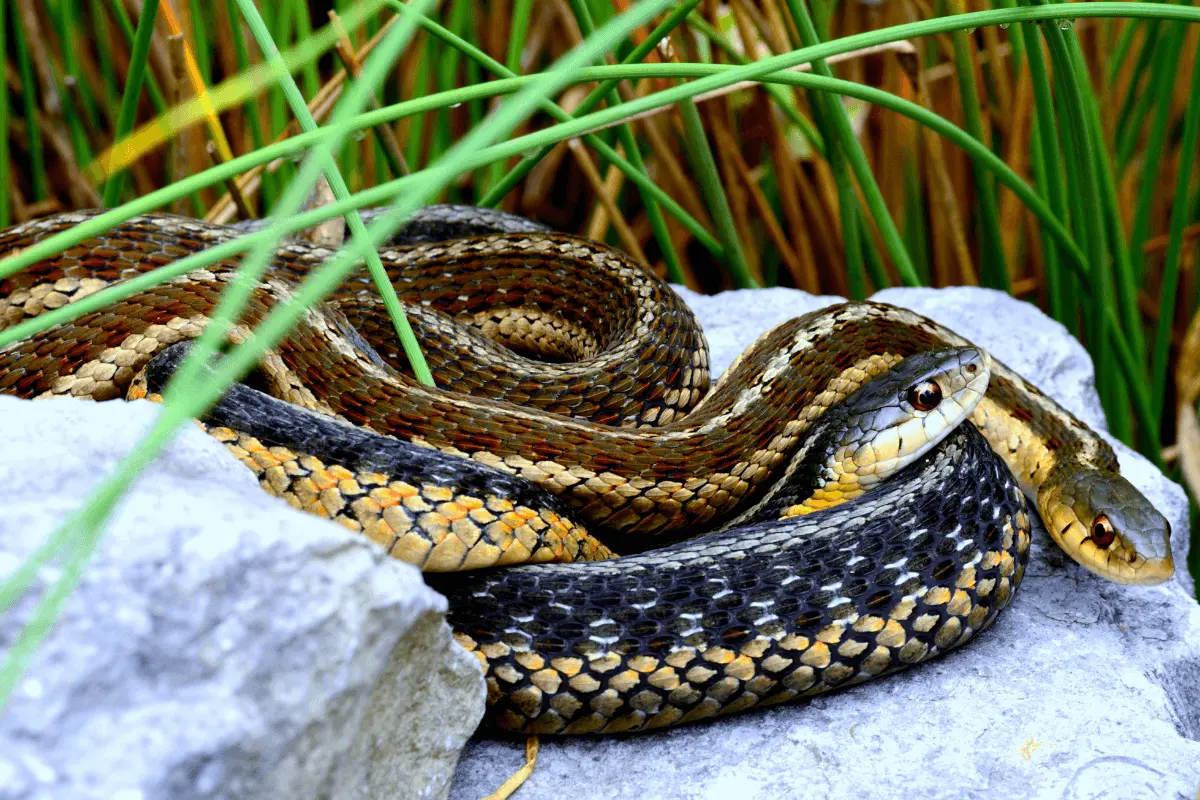
Garter snakes are harmless and have small to medium size bodies. According to Herpetology Program, garter snakes live throughout Southeast and North America. They tend to prefer moist and damp areas so, you may find them in your drainage system. Moreover, they are most common in suburban areas and unclean places.
Garter snakes are typically located under boards or other trash and may be active both during the day and at night. Common garter snakes consume worms, snails, frogs, toads, salamanders, fish, and tadpoles. They might be active any time of year, even on warm winter days.
Venomous Snakes
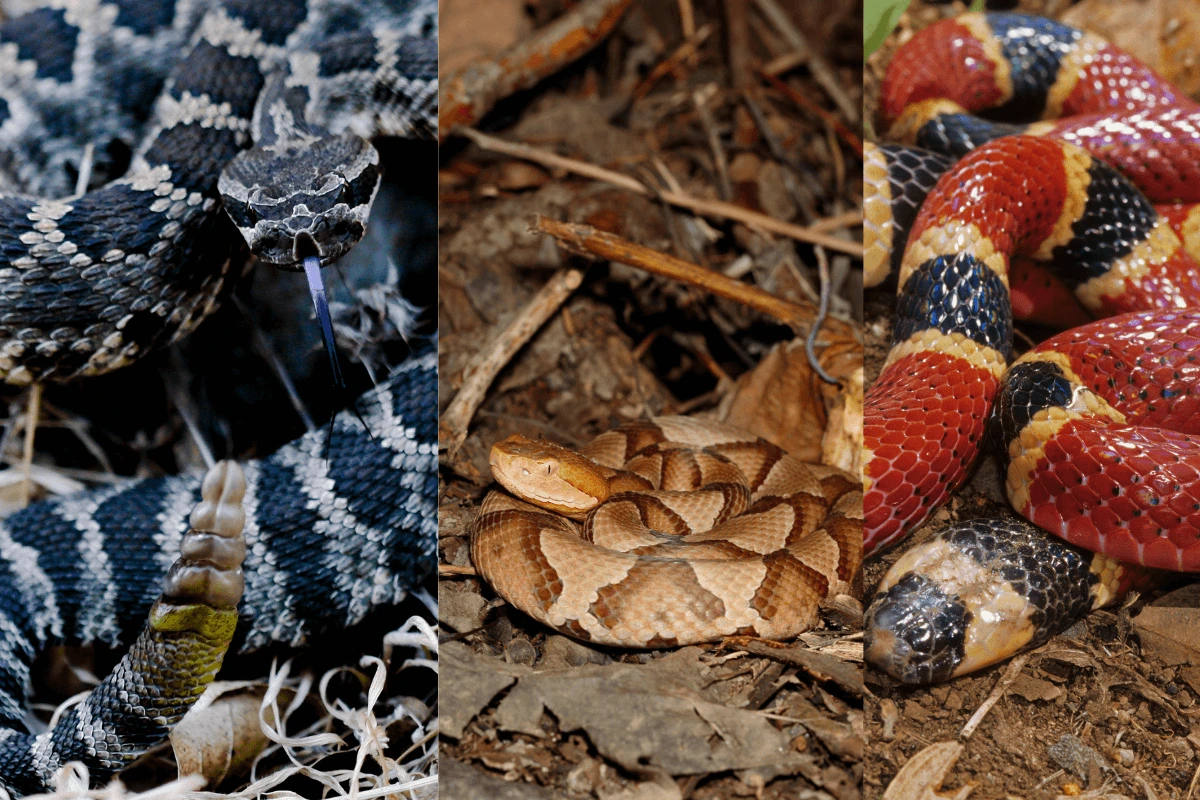
These are the most deadly snakes you may come across. Several venomous snakes are present worldwide, such as rattlesnakes, copperheads, coral snakes, etc. These snakes love to hide from humans and used to live under piles of wood and ponds. As a result, they won’t object to residing in your drain pipes once they manage to get there.
Venomous snakes do not belong to any one taxonomic group or category. There are various families of venom. Although poison and venom are not the same thing, venomous snakes are sometimes called poisonous. Only a few species of snakes are poisonous, like keelback snakes.
Is It Possible for a Snake to Come Up to a Toilet?
Snakes can enter your bathroom, but it’s extremely unusual. The majority of the snake handlers get snakes out of backyards or bedrooms instead of pulling them out of toilets. However, if the weather is hot and warm, the likelihood of snake entrance into your bathrooms may rise if you haven’t set preventive measures.
Moreover, there are several ways for snakes entrance in your toilets such as ventilation pipes, open doors & windows, and septic tanks. Therefore, try to seal all these open sites to prevent snakes’ entrance.
The Most Frequent Location for Snakes in Drains
You may already be aware that Australia is the country where snakes are most likely to be found. Australia is home to various snake species, and many residences are close to snake ecosystems.
In the US, the southeast has received the most accounts of snake presence. This is a result of both the higher density of snakes in the southeast and the high frequency with which snake habitats cross into residential areas.
Above all, North Carolina and Florida have received more reports of snakes in bathrooms than other states in the Southeast.
How To Prevent Snakes Coming Up Your Drain Pipes?
If you have a snake problem in your problem, no need to worry now; follow these steps and keep them at bay.
Steps
- If you have a rat or mouse infestation in your home, try to remove them as soon as possible to ward off snakes.
- Put a fence, metal mesh, or screen over every pipe and drain entrance. Remember that the wires are spaced no more than an inch apart.
- Close all the openings in your bathrooms, such as cracks or holes in doors and windows. Moreover, you can use door sweeps to seal gaps under doors.
- Inspect any leakage in your drain pipes, if you find any, mend them immediately.
- Above all, if the lid of your septic tank remains open, snakes can get into them. Therefore, keep your septic tank closed to prevent snakes’ entrance.
Final Verdict
The most horrible experience is seeing a snake in the bathroom while having a bath. They gain access to your drain pipes through open windows or doors, ventilation pipes, and septic tanks. If you find a snake in your drainage system or toilets, try to close the lid of your septic tank immediately.
Hopefully, the above guidelines have cleared your every doubt regarding snakes’ presence in your drain pipes. Above all, whether the snake is dangerous or not, avoid attempting to control it yourself and instead call a qualified snake handler or remover to keep snakes away.
